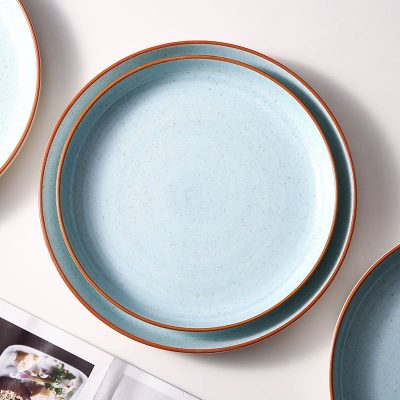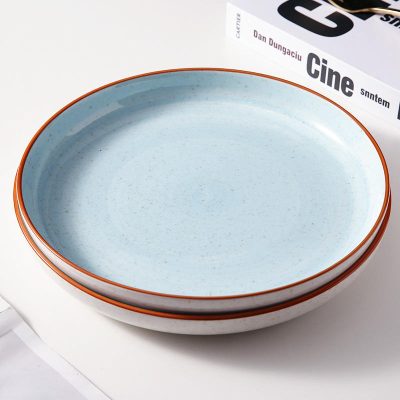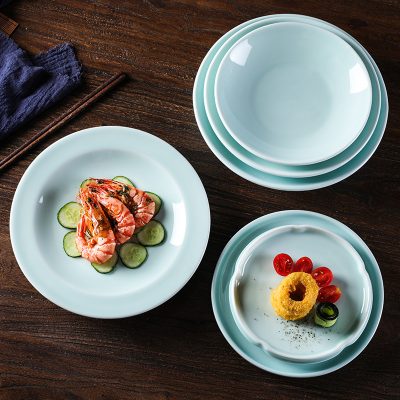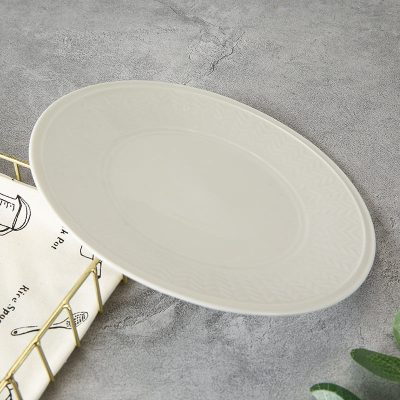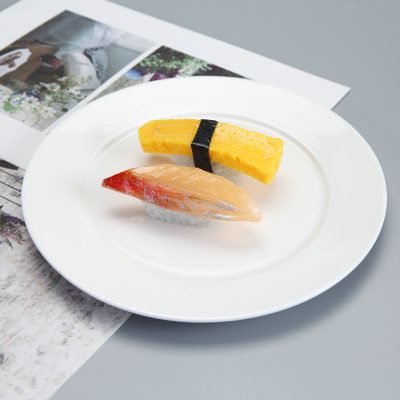- Contact us now!
- +86 18868944843
- been@thingegr.com
Advantages and disadvantages of various tableware
Ceramic tableware: It is a great invention and is used most. The production methods of ceramic tableware are divided into three types: overglaze color, underglaze color and underglaze color. What is overglaze color and underglaze color? In our view, the same patterns are painted on the surface of tableware. Some are bright and plain, some are prominent, and there is also obvious bumpy feeling when touching with hands, which is because the two patterns are different. Among them, the overglaze color is to paint the pattern on the fired porcelain plain body, and then fix it by heating. This kind of tableware will peel off the pattern after a period of time. Moreover, there are harmful metals such as lead and cadmium in the glaze pigment. These harmful elements are easy to dissolve when cooking acidic food, which is harmful to health. Therefore, such tableware should be used less or not.
Enamel tableware: resistant to acid and alkali corrosion and stable in chemical properties. However, enamel tableware is made of iron products fired with enamel. The enamel contains compounds such as lead silicate, which is harmful to human health.
Wooden tableware: It is economical and practical, but it is easy to be polluted and not easy to clean, except for wooden panels, chopsticks, etc. Wooden tableware has been less used.
Bamboo tableware: bamboo chopsticks are the most used ones. They are economical and practical, and do not waste wood. However, they should be kept dry, otherwise they are easy to mildew. Especially in the south, in rainy and wet seasons, they should be washed and placed in a ventilated place.
Plastic tableware: its advantages are light weight, beautiful, not easy to break, low price, and deeply loved by people. However, plastic tableware is mostly made of PVC and other polymer materials with additives. If the monomer vinyl chloride is not removed completely or the additives are not used properly, it will also endanger human health. The non-toxic plastic tableware is made of polyethylene, polypropylene and melamine. Melamine plastic is a thermosetting plastic, which is made of melamine (melamine) formaldehyde resin as the main raw material, and added with appropriate amount of pulp cellulose fillers, colorants and other auxiliary materials. It is non-toxic, odorless, acid-resistant and alkali-resistant. Now it is mostly used for making children’s tableware on the market.
Glass tableware: clean and sanitary, generally free of toxic substances. But glass tableware is fragile and sometimes “moldy”. This is because the glass has been eroded by water for a long time. The sodium silicate in the glass will react with the carbon dioxide in the air to generate white carbonate crystals, which is harmful to human health. It should be washed with alkaline detergent frequently.
Copper tableware: It is gorgeous in appearance, golden in color, and very elegant, such as copper hot pot. The trace copper dissolved when cooking food in copper pot is beneficial to human body. However, after copper rusts, it can produce “copper green” (basic copper acetate) and blue alum (copper sulfate). Both copper green and blue alum are toxic, which can cause nausea, vomiting and even poisoning. Therefore, the copper tableware with copper rust should be removed before use.
Stainless steel tableware: beautiful and generous, light and durable, wear-resistant and non-rusting, it is popular with people. Stainless steel is made of iron-chromium alloy mixed with nickel, molybdenum, titanium, manganese and other metals. Some of the metals are harmful to human health. Therefore, attention should be paid not to put salt, soy sauce, vinegar, etc. in the food for a long time, because the electrolytes in these foods will react with stainless steel for a long time, so that the harmful substances will be dissolved. Do not use stainless steel tableware to cook traditional Chinese medicine, because traditional Chinese medicine contains a variety of alkaloids, organic acids and other components. After heating, it will react with the components in stainless steel, which will make the medicine ineffective, and some will even produce toxic compounds.
Iron tableware: Generally speaking, iron tableware is non-toxic. However, it should be noted that iron is easy to rust, and rust can cause nausea, vomiting, diarrhea, upset, poor appetite and other diseases; In addition, it is not suitable to use iron containers to hold edible oil, because oil is easy to oxidize and deteriorate when stored in iron for too long.
Aluminum tableware: aluminum products are widely used because of their lightweight and durable, good quality and low price. Although there is no complete scientific research data to prove the relationship between aluminum tableware and human health, most experts believe that excessive accumulation of aluminum in the human body will accelerate human aging, which is harmful to health. Therefore, when using aluminum tableware, it is not allowed to scrape, and it is better not to eat if the aluminum scraps are scraped; In addition, aluminum tableware should not be cooked with acidic and alkaline food, otherwise, aluminum will be dissolved in large quantities.
